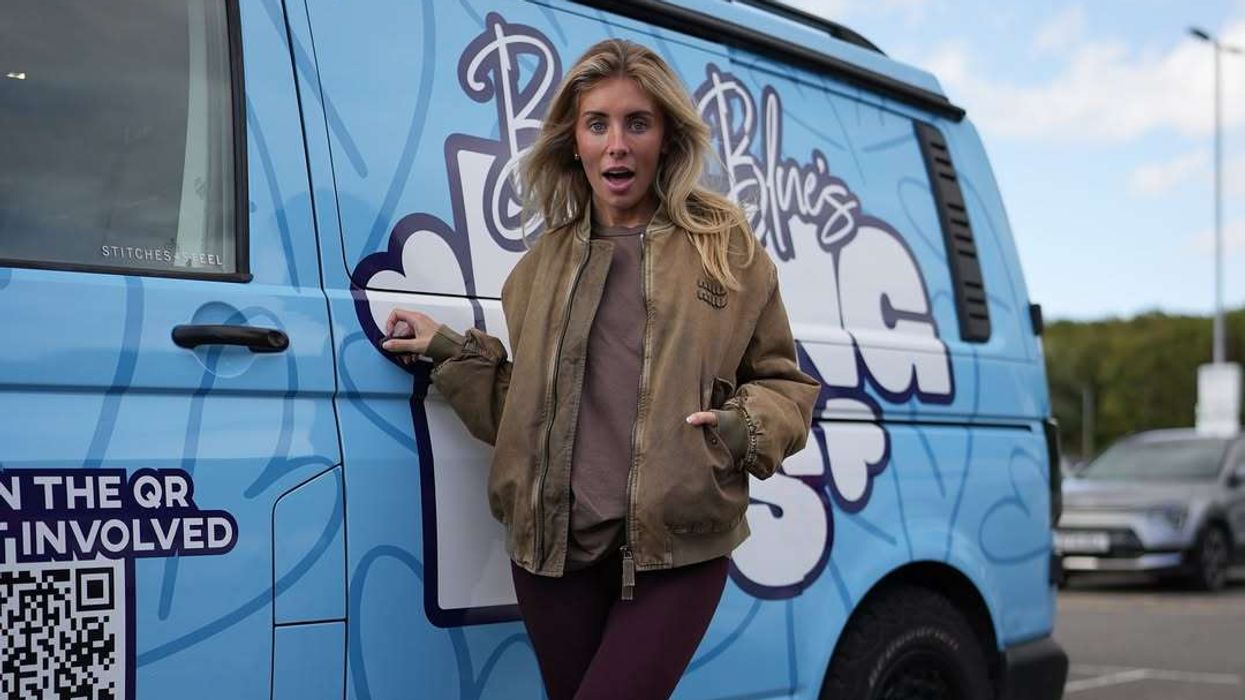Highlights:
- James McAvoy was punched by a stranger at Charlotte’s Room bar in Toronto while attending TIFF.
- The 46-year-old actor was in the city for the world premiere of his directorial debut, California Schemin’.
- McAvoy remained calm after the incident and even laughed it off with staff and patrons.
- The film follows the true story of Scottish rappers Silibil N’ Brains and their California disguise.
James McAvoy was unexpectedly attacked at a Toronto bar while in the city for the 2025 Toronto International Film Festival (TIFF), sources confirmed. The X-Men star, who was promoting his directorial debut California Schemin’, was reportedly struck by a man being escorted out of Charlotte’s Room bar. Despite the incident, McAvoy kept his composure, reflecting the actor’s calm and collected nature even in unexpected circumstances.
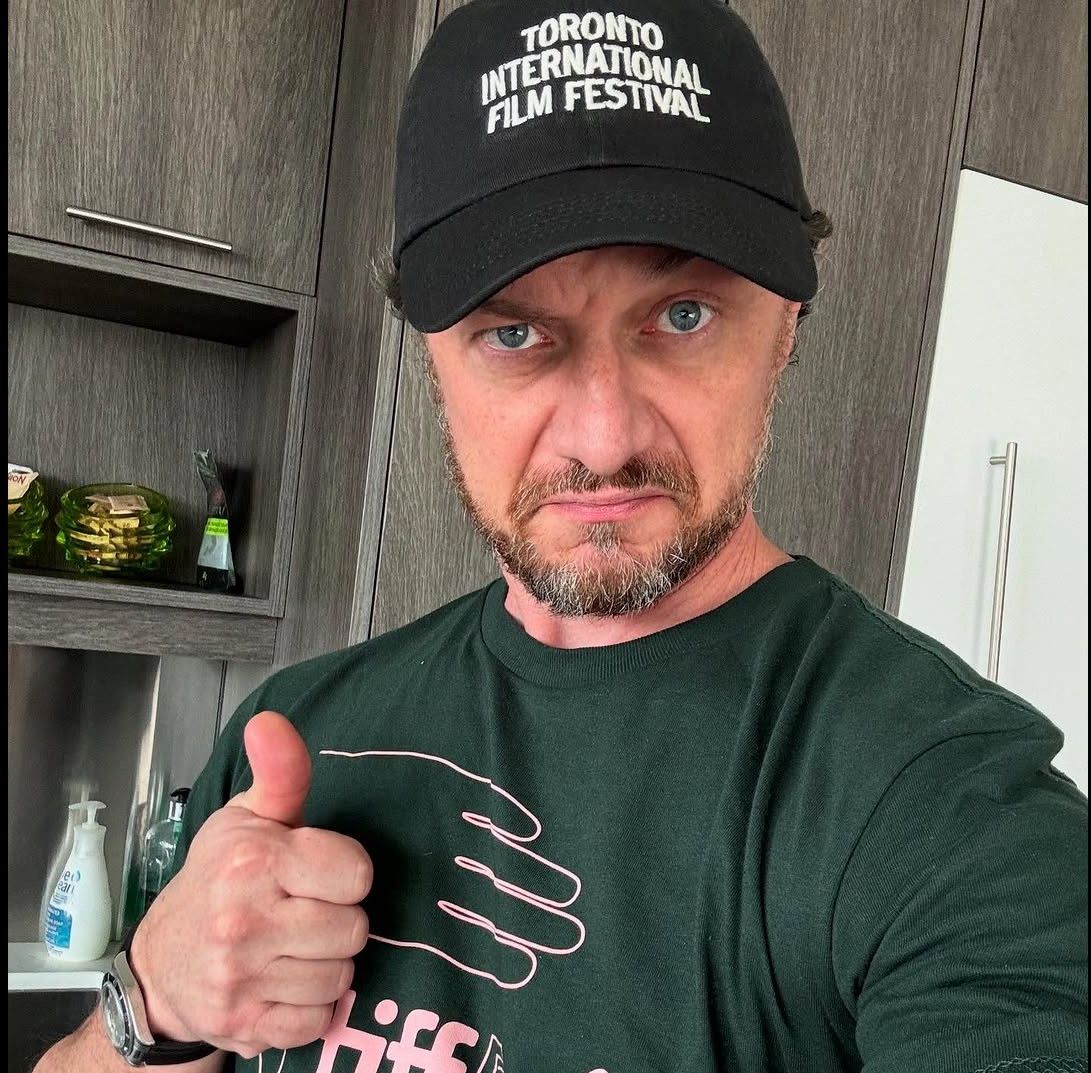
What happened when James McAvoy was attacked in Toronto?
On Monday night, McAvoy was enjoying a casual evening with producers of California Schemin’ when an intoxicated stranger allegedly punched him. According to sources, the man was being escorted out of the bar when the attack occurred, catching McAvoy off guard. Fortunately, the 46-year-old actor did not sustain serious injuries and stayed at the venue, engaging with staff and other patrons afterwards.
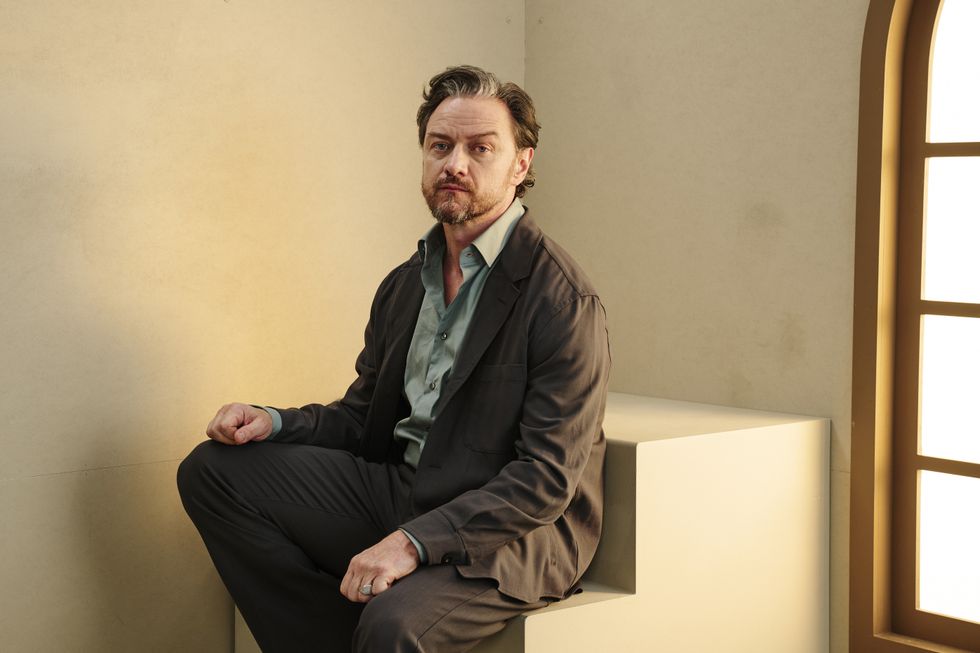
Why was James McAvoy in Toronto for TIFF?
The Glaswegian star was in Toronto to premiere his first film as a director, California Schemin’. The movie tells the true story of Scottish duo Silibil N’ Brains, who posed as Americans to pursue rap careers in the early 2000s. McAvoy has described the project as an exciting extension of his 30-year acting career, allowing him new creative tools to tell stories on-screen.
How did McAvoy respond to the attack?
Despite being caught off guard, McAvoy reportedly tried to calm the aggressor before bar staff intervened. A source close to the actor told PEOPLE that he “laughed off the incident” and continued chatting with patrons.
What is California Schemin’ about?
The film stars Samuel Bottomley and Seamus McLean Ross as Gavin Bain and Billy Boyd, the duo behind Silibil N’ Brains. Based on the book Straight Outta Scotland, it chronicles their attempt to reinvent themselves as California rappers, including tours with Eminem and appearances on MTV. McAvoy has emphasised the film celebrates friendship, ambition, and audacious creativity while remaining rooted in Scottish culture.


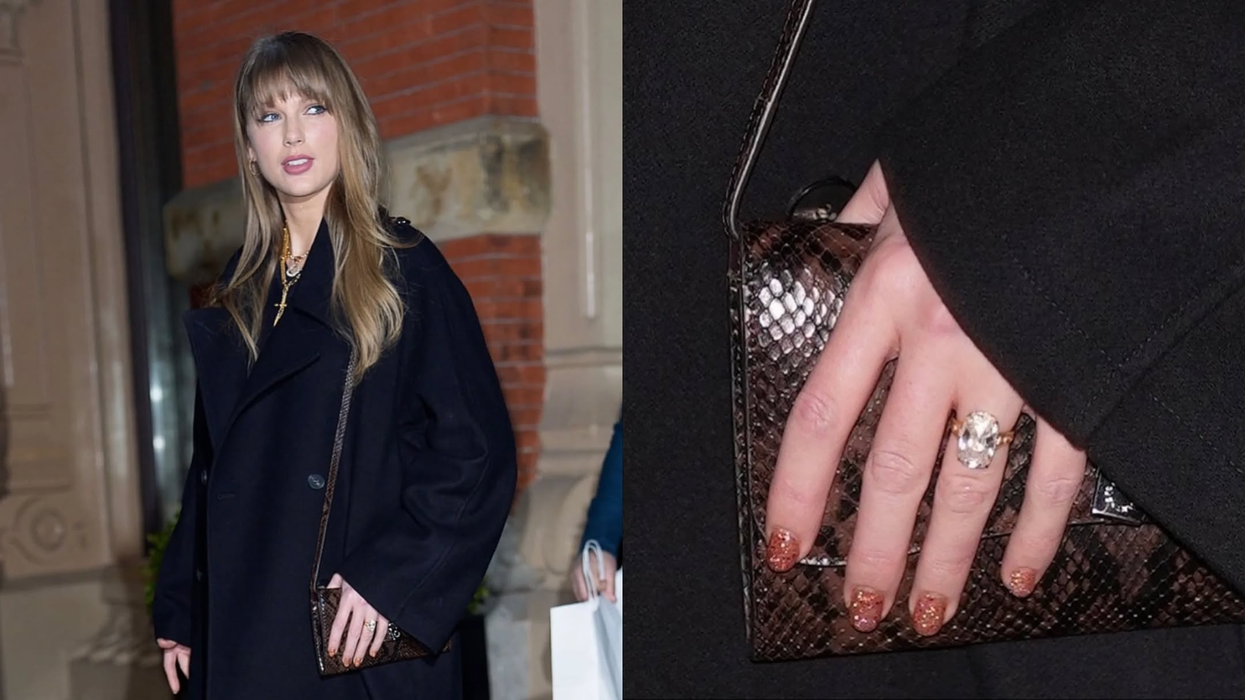

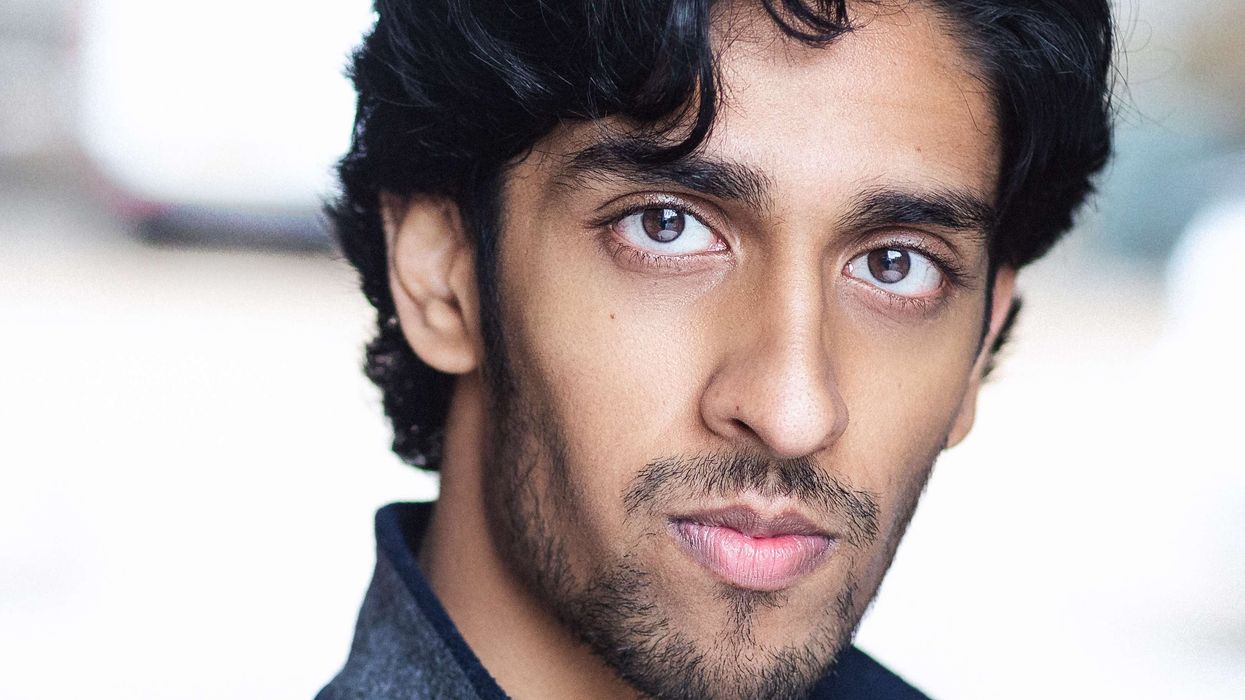


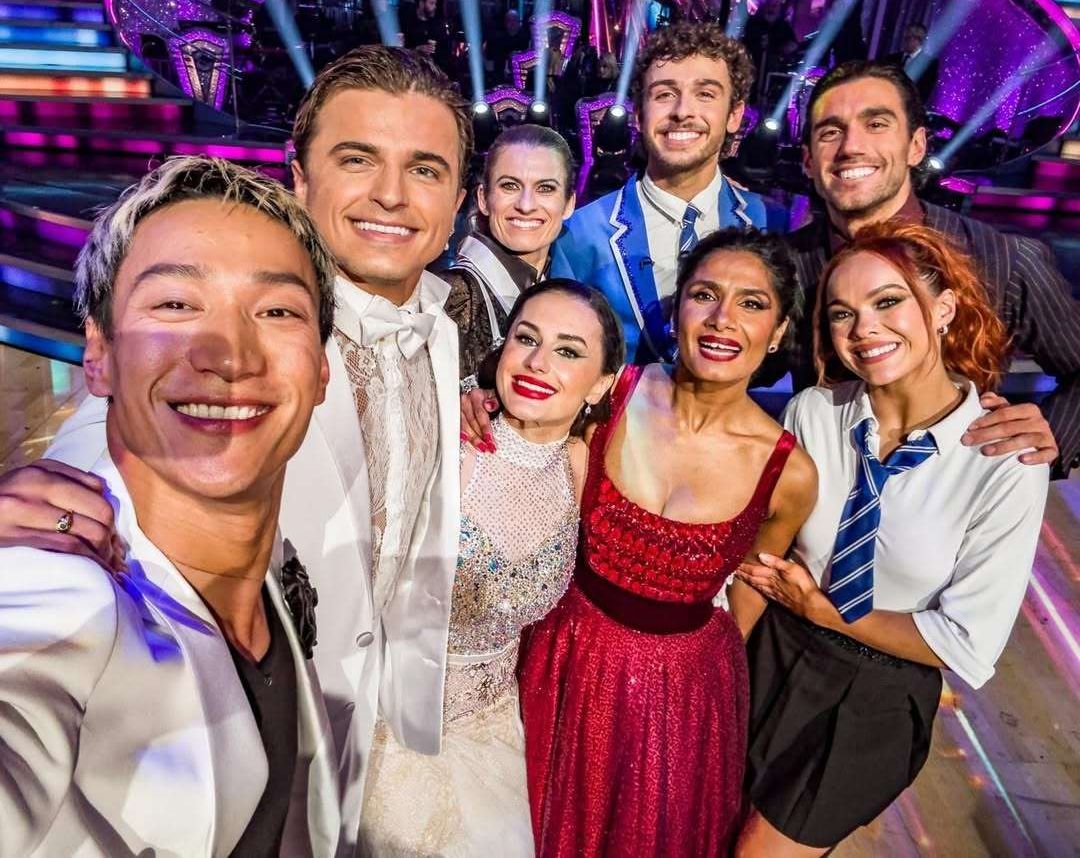 Strictly Come Dancing final lineup set as BBC show reaches dramatic climax Instagram/bbcstrictly
Strictly Come Dancing final lineup set as BBC show reaches dramatic climax Instagram/bbcstrictly 






